![]() Key Takeaway
Key Takeaway
Open world games are those that let you explore almost anywhere in-game at pretty much any time you want. There are some restrictions—even in the most open digital dimensions—but the majority of games with open worlds don’t have invisible walls and have minimal terrain blockades.
Open world games exist for those who hate boundaries! By granting the player the liberty to explore even the most remote nooks and crannies, this genre attracts truly adventurous gamers. Such titles are defined by their unrelenting freedom and nonlinear gameplay.
Table Of Contents
The Definition of Open World Games
The main trait of open world games is that they allow players to explore different areas in any order they please. However, the of lack invisible walls between most locations is also crucial. On top of that, many open world games often have enemies or challenges that scale with the player’s current capabilities—but not all do.
The Freedom to Explore
Usually, an adventure game or RPG initially sets players in a starting location. Afterward, there’s a linear path they must take to make progress. Open world games do things differently.
You still start from a predetermined locale; however, once you get through the tutorial, you’re allowed to wander in any direction you choose. Head north, south, east, or west—it shouldn’t matter. In fact, you may even be allowed to ascend into the clouds or delve deep underground as well!
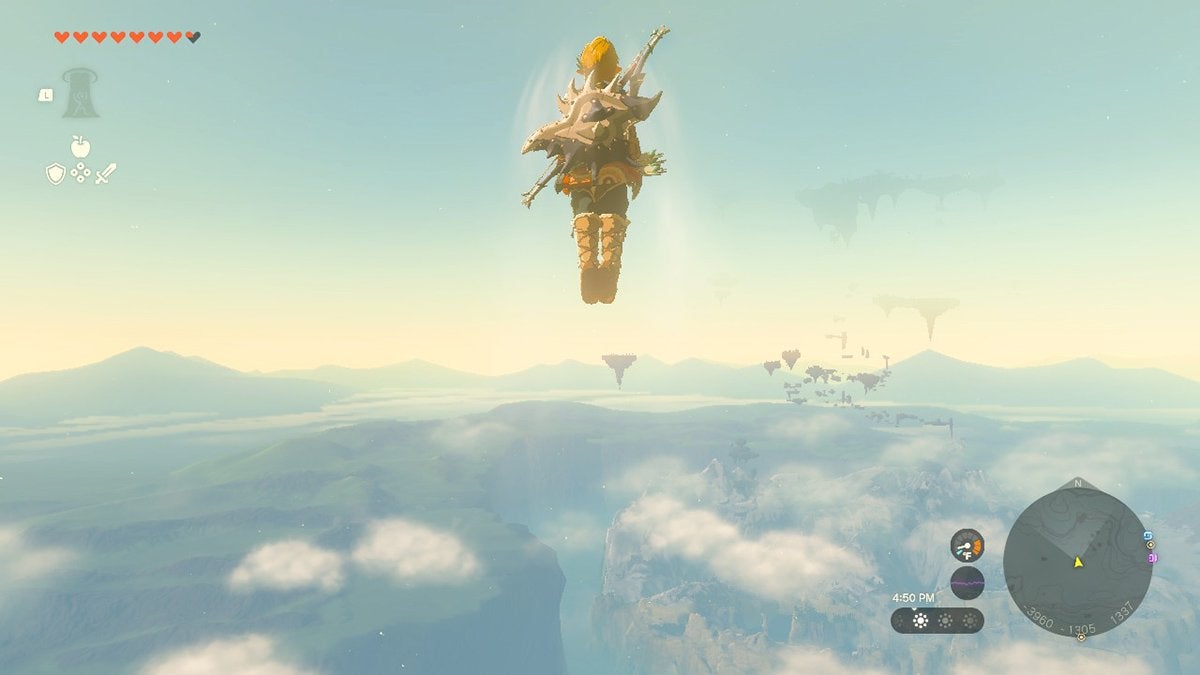
What separates good open world games from bad ones is that exploring rewards you. When you stumble into a creepy cave, you should find some loot! The same goes for exploring underwater or ransacking random dungeons—there should be treasure or interesting events of some kind. Even a surprise boss fight is welcome.
There should also be tons of objectives and quests to uncover and complete. Without them, open world games would feel empty and soulless. A true title in this genre needs to feel alive and brimming with excitement around every corner.
No Invisible Walls
Lots of games have both visible and invisible walls that stop players from going where they aren’t supposed to end up. Natural obstacles of this nature include cliffs, mountains, oceans, and other terrain elements. These—thankfully—don’t break your immersion too often.
Contrarily, there are also invisible walls—which are exactly what they sound like. On occasion, you may come across an area that your character cannot physically enter without any explanation. There seems to be nothing in your way but there is; it’s like you’ve somehow become a mime without knowing it. Sorry for the potential nightmare fuel of that last comparison.

True open world games do not have many of such obstructions. Due to games needing to have some limits, you’ll find walls around an open world game’s external boundaries. With that said, you shouldn’t find much in the explorable parts of the world.
Yes, the terrain can still impede your progress, but you should be able to go around, above, or below them if you have the right equipment or mount (mounts are great, aren’t they?). As such, you can go almost anywhere in a true open world game.
Challenge Scaling (Mostly)
Before going on, this is not a hard requirement for open world games—it’s merely something that greatly benefits many of them.
Without a dynamic environment that reacts to the player, games in this genre can be frustrating. Imagine running into enemies that can one-shot you anywhere you go except on the most boring route.
Games with open worlds are sometimes programmed to take your level and stats into consideration when you enter different areas—at least in most places. There are bound to be level-locked foes here and there in certain spots. However, that should not be the norm in most cases.
On top of that, if enemies are level-locked, there should be a sort of gradient of difficulty increases around the starting area.
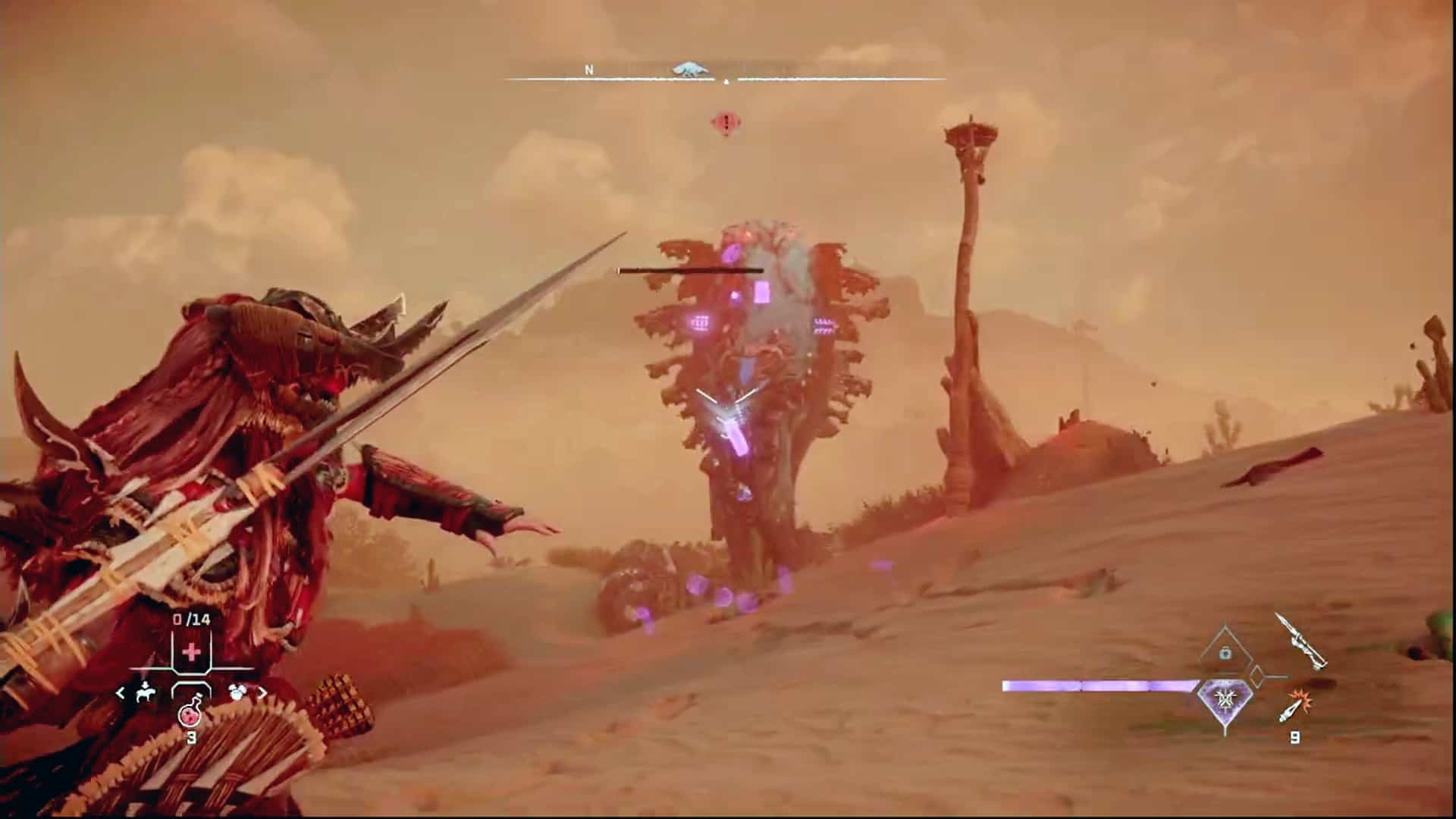
Enemies that are locked into high levels can act as living walls to bar your progress into a specific region. As such, the existence of these kinds of adversaries in great quantities can make an open world feel fake and disingenuous.
Conversely, the opposite is true as well. If there are areas full of weak enemies that are always easy to dispatch, that denotes a game lacks immersive open-world qualities.
Open World Versus Nonlinear Gameplay
Sometimes open world games get confused with those that have nonlinear gameplay. While all games with open worlds are nonlinear, not all nonlinear games are open world. We’ll use an example to clarify the difference.
For instance, The Elder Scrolls V: Skyrim is a true open world game.
- You’re allowed to roam wherever you please after the tutorial
- There are no unexplained invisible or visible walls
- Most of the enemies scale to your level
To compare, Dark Souls is a game that offers some nonlinear progression but does not have an open world.
- You can choose to explore a few different areas after the tutorial, but only one is possible without immense difficulty
- Many areas are locked and require you to obtain keys from other areas before exploration is possible
- Enemies never scale to your level
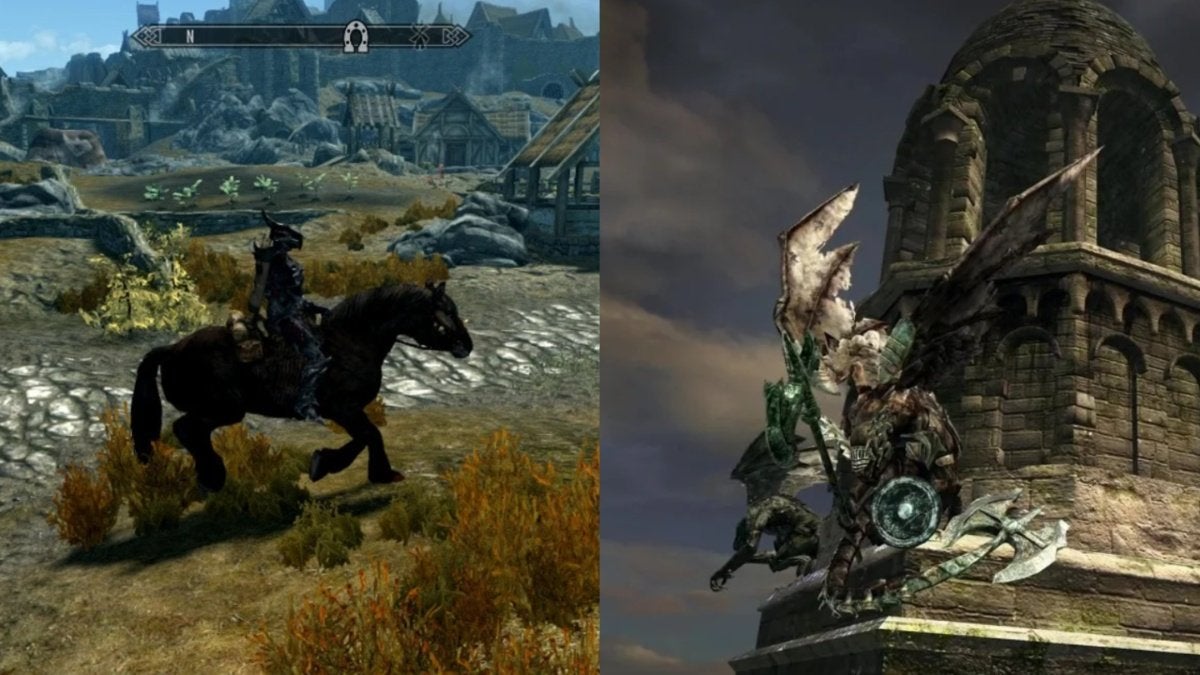
In Skyrim, you can canter up mountains, wander through any city in any order, and take on whatever quest you feel like at any time.
In Dark Souls, there’s a defined progression route with certain areas needing to be cleared before you can reach others. You can go against this order—but you’ll have a hard time in most cases.
The Best Open World Games
There are plenty of great open world games out there! Here’s a list of some of the best ones available. However, as a disclaimer, this list by no means implies that these are the only good games with open worlds. We’re just highlighting some of our (and our readers’) favorites.
- Grand Theft Auto V
- The Witcher 3: Wild Hunt
- Rust
- The Forest
- Elden Ring
- DREDGE
- The Legend of Zelda: Tears of the Kingdom
- Red Dead Redemption 2
- Cyberpunk 2077
- Fallout 4
- The Elder Scrolls V: Skyrim
- Keshi
- Assassin’s Creed: Odyssey
- Batman: Arkham City
- Outer Wilds
- Marvel’s Spider-Man
- Far Cry 4
- Just Cause 3
- Horizon Forbidden West
- Yakuza 0
- Middle Earth: Shadow of War
The First Open World Game
There are a lot of games that can be considered the first in this genre. Due to open world games evolving, it’s difficult to pin down which title started the trend. Before declaring “first!”, we need to consider what perspective through which to view this question.
dnd (1975)
If we’re starting from the moment adventure and RPG video games were created, we’d have to say that dnd (1975)—an RPG with minimal graphics (what more could you expect from a video game made in the 70s?)—would be the first open world game.
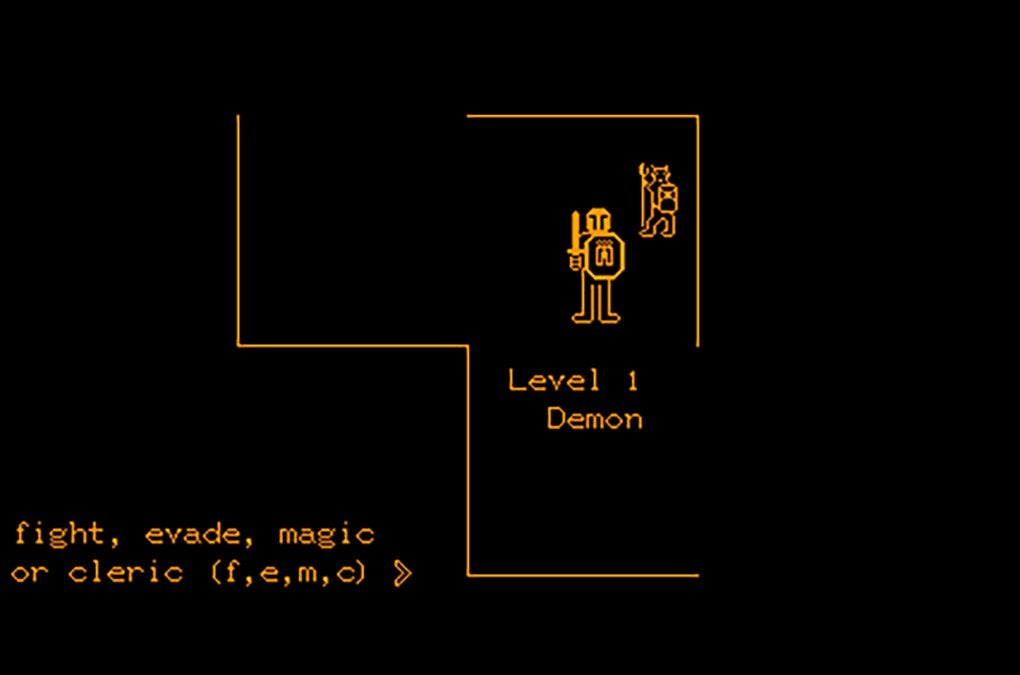
In dnd, you’re tasked with exploring a maze. However, the order in which you explore the maze’s different levels depends on where you want to head first. As such, since the progression is nonlinear, there’s a strong argument that this is the first open world game.
With that said, it doesn’t truly meet today’s standards of games featuring open worlds. It has very clear walls everywhere you turn and the enemies are locked into specific levels. However, every genre needs to start somewhere.
Jet Rocket (1970)
Going back even further, we have a flight simulator that is a top contender for the first open world title. Although there aren’t any combat encounters, you can go wherever you want in Jet Rocket (1975)—and there aren’t many walls either!

In this aviation simulation, you can fly to different cities…and not much else. Don’t look down on Jet Rocket, though! Its game engine was insanely complex for the time and allowed for in-game feats unseen in other simulators of this era. Furthermore, the graphics were incredibly immersive for the simulation genre.
Although genuinely liberating, we’re not quite satisfied with this as a true open world game. While technically impressive, it’s barely a game—even by simulation genre standards.
Elite (1984)
Here’s the title that we think is the first true open world game: Elite, a space exploration game from 1984. In Elite, you pilot a spaceship and travel the galaxy doing whatever you want to achieve a fortune. You can take on missions for military groups, mine asteroids, or even engage in piracy! Additionally, you’re free to adventure to different star systems to seek out fame and wealth.

As should be expected from such a game, you can do battle with foes…in space! There do not seem to be any unexplained walls either. Plus, the enemy encounters are balanced wherever you go (for the most part).
With the above points in mind, we’re saying that Elite (1984) is the first open world game to be published.
The Biggest Open World Game
This one is far less up for debate due to procedural generation. Thanks to near infinitely spawning terrain based on the player’s position, Minecraft is the biggest open world game.
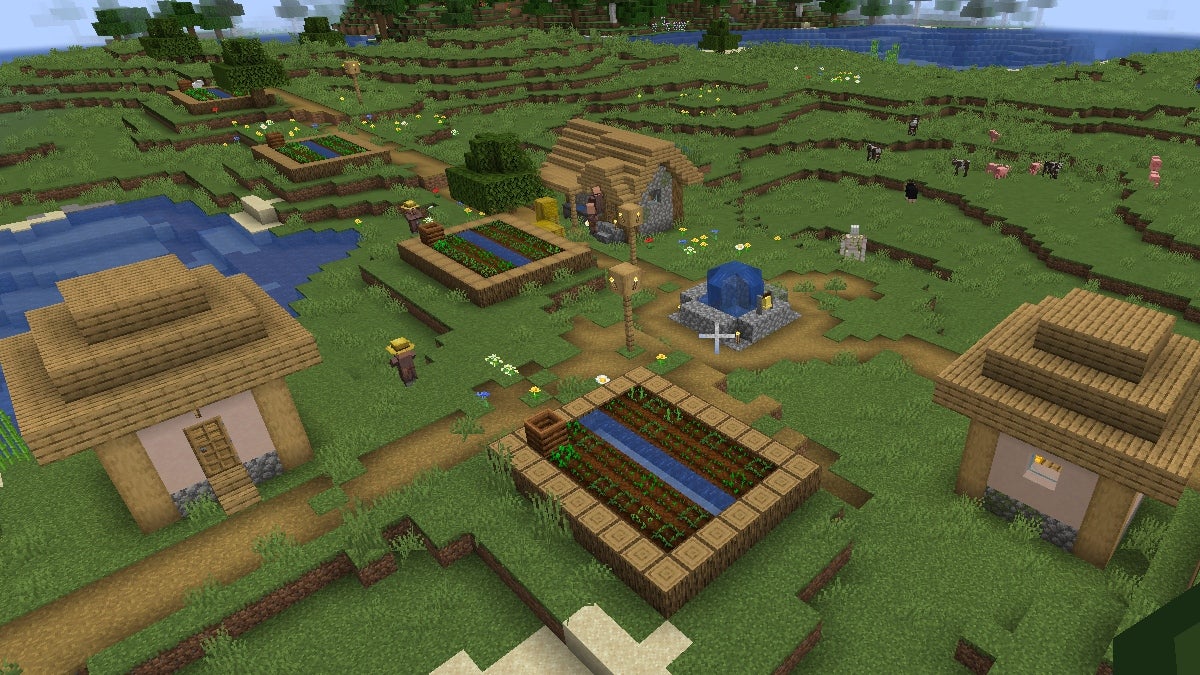
Although the terrain generation is expansive, there are limits. Once you go about 30 million blocks away from your starting location, the world will stop spawning new blocks in that direction. That’s a lot of blocks!
Whether you play video games for therapeutic reasons, glory-seeking, or just to kill some time, open world games grant a sense of adventure unparalleled in the medium. There’s nothing quite as thrilling as going where you haven’t before! Pack a lunch, sharpen your sword, and then brave the unknown.


